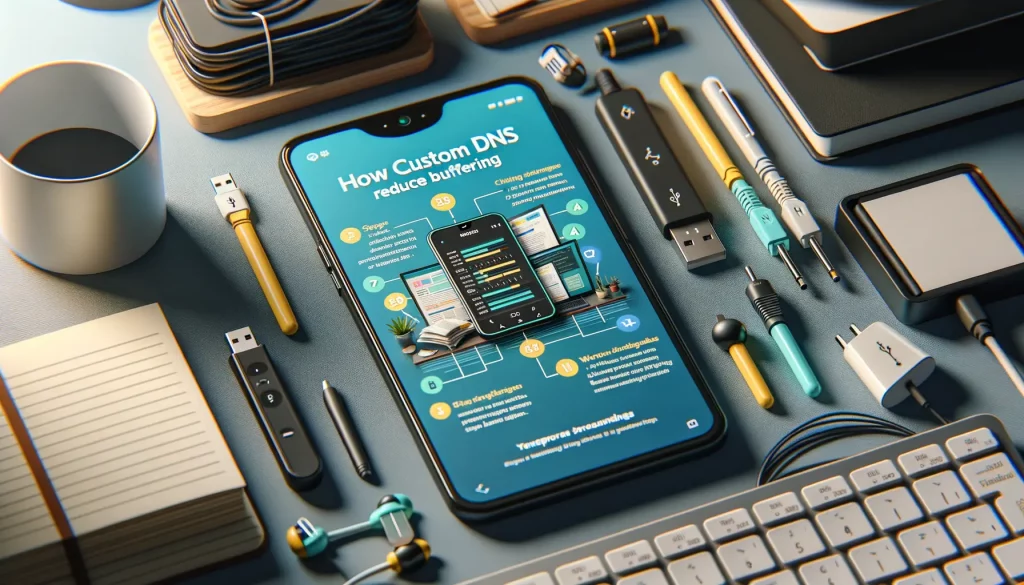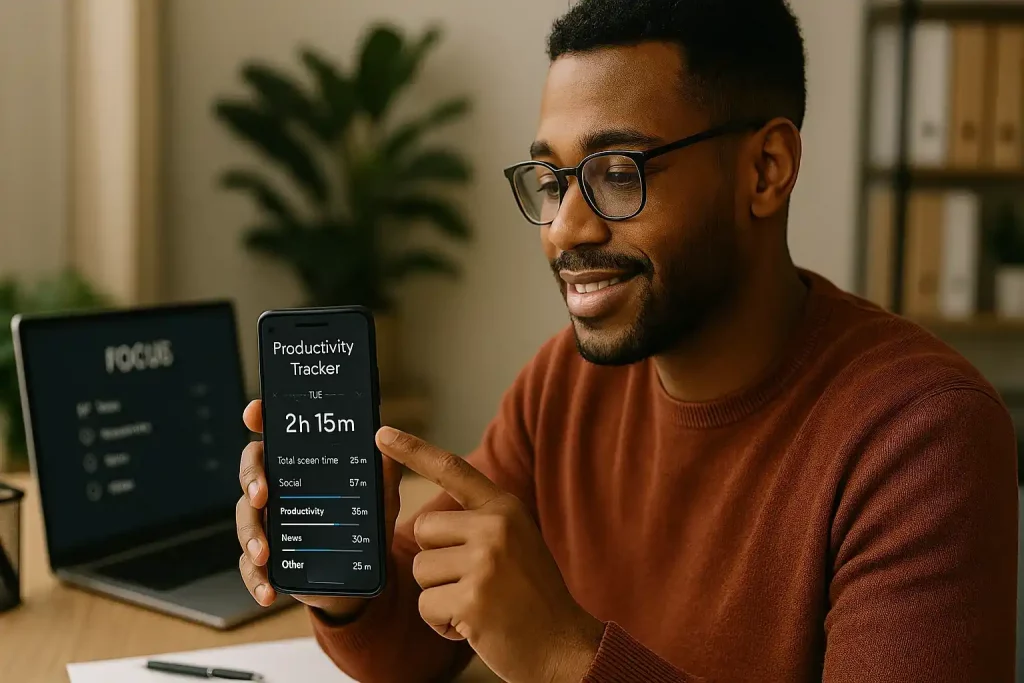Understanding Buffering and Its Causes
What Exactly Is Buffering?
Picture this: you’re curled up on the couch, ready to binge your favorite series. The popcorn is warm, the lights are dimmed, and then—bam! That dreaded spinning circle appears on your screen. *Buffering.* Annoying isn’t it? But what’s actually happening behind the scenes?
When you’re streaming, your device receives data in chunks. Buffering happens when the stream temporarily pauses to load more of these chunks. Think of it like filling a bucket with water—if the tap (your internet connection) doesn’t flow quickly enough, you’ll have to wait for it to refill before continuing.
Why Does Buffering Happen?
Several culprits can disrupt your streaming bliss:
- Slow Internet Speeds: If your connection isn’t fast enough, videos might stutter or stop.
- Network Congestion: Sharing Wi-Fi with roommates or neighbors? Their activity can hog bandwidth.
- High Data Demand: Watching high-definition (HD) content requires larger data loads.
- DNS Delays: Think of DNS as a map directing your device to the right servers. If it’s not efficient, buffering can rear its ugly head.
The frustration is real, but understanding the causes is the first step to reclaiming uninterrupted streaming joy!
How Custom DNS Can Reduce Buffering on Android
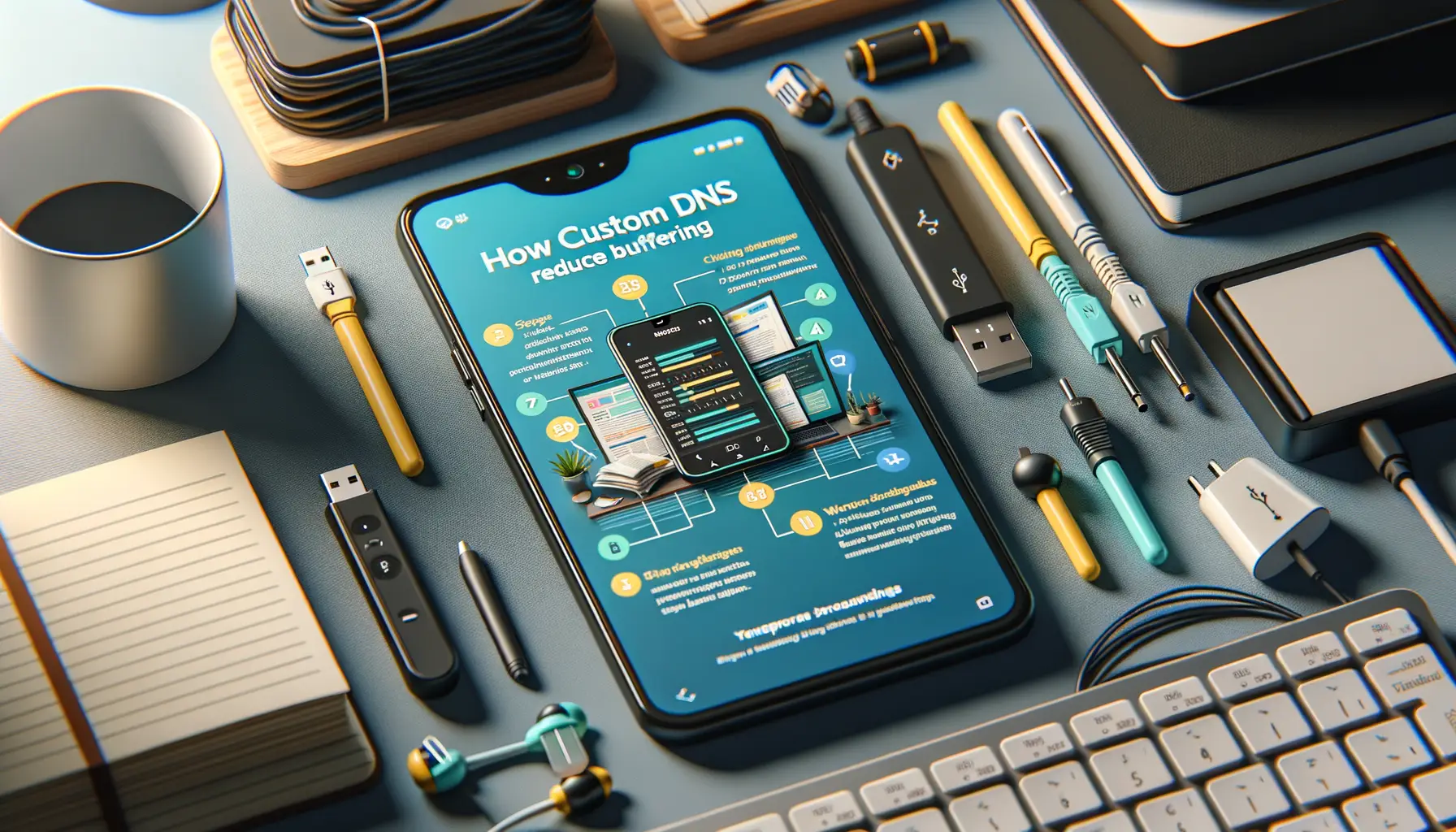
Why Your Internet Might Feel Stuck in Traffic
Picture this: You’re snuggled up, ready to binge-watch your favorite series, but just as the tension builds—buffering! That spinning wheel feels like watching paint dry. Most people don’t realize their DNS (Domain Name System) might be the sneaky culprit behind these interruptions.
Think of DNS like an internet GPS, directing your Android device to the correct streaming server. But here’s the catch—not all DNS services are created equal. Many default DNS servers are overworked, causing delays that throw a wrench in your streaming flow. By switching to a custom DNS, you can bypass these crowds, get faster connections, and wave goodbye to those annoying pauses.
How Custom DNS Speeds Things Up
Here’s the secret sauce:
- Reduced Latency: A custom DNS finds the quickest route to the server, slashing those waiting times.
- More Reliable Streaming: Some DNS providers specialize in optimizing data flow for services like Netflix or YouTube.
When your Android uses a faster DNS, streams load almost instantly, and videos play smoother than ever. It’s like upgrading from a bumpy dirt road to a sleek highway—your content just zips through!
Steps to Set Up Custom DNS on Android Devices
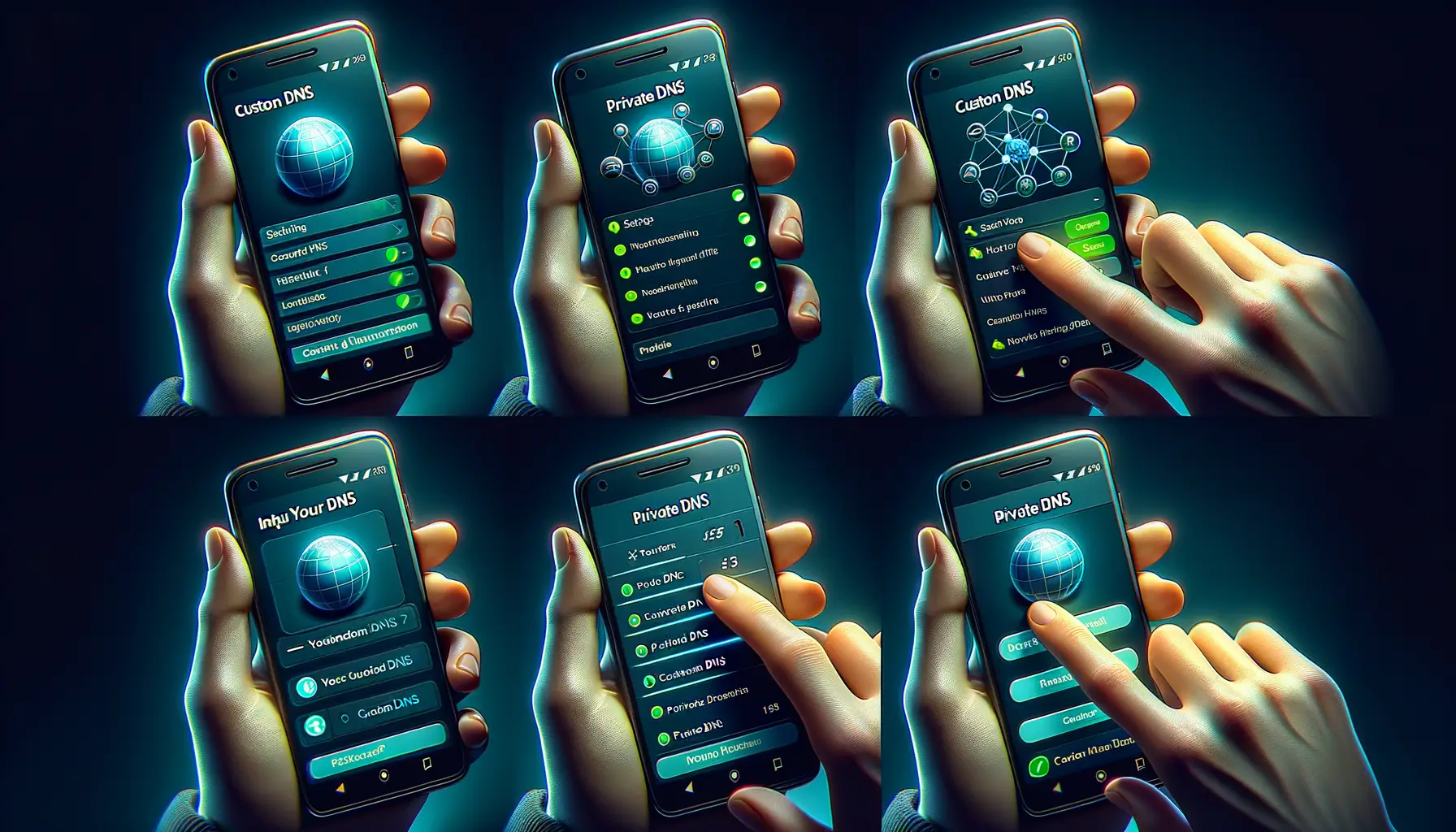
Getting Started: Customize Your DNS Like a Pro
Switching your DNS settings on Android may sound like tech wizardry, but trust me, it’s easier than you think. Imagine it as swapping out an old bicycle chain for a shiny, upgraded one—your ride (or in this case, your streaming) is about to get so much smoother.
Here’s how to work your magic:
- Open your Android device’s Settings. Scroll and tap on Network & Internet. Feeling adventurous already?
- Spot the Private DNS option? Tap on it. This is where the fun begins!
- Select “Private DNS provider hostname.” Here’s where you’ll input your chosen DNS server (e.g., dns.google or any custom provider).
- Save your changes and voilà! You’ve just given your device a speed-boosting makeover.
Tips to Keep Things Running Smoothly
Not all DNS servers are created equal. Want results immediately? Stick with fast, reliable options like Google DNS or Cloudflare. And don’t forget—if buffering persists, double-check your Wi-Fi speed. Sometimes, it’s not the DNS; it’s the connection gremlins acting up!
Additional Tips to Improve Streaming Performance
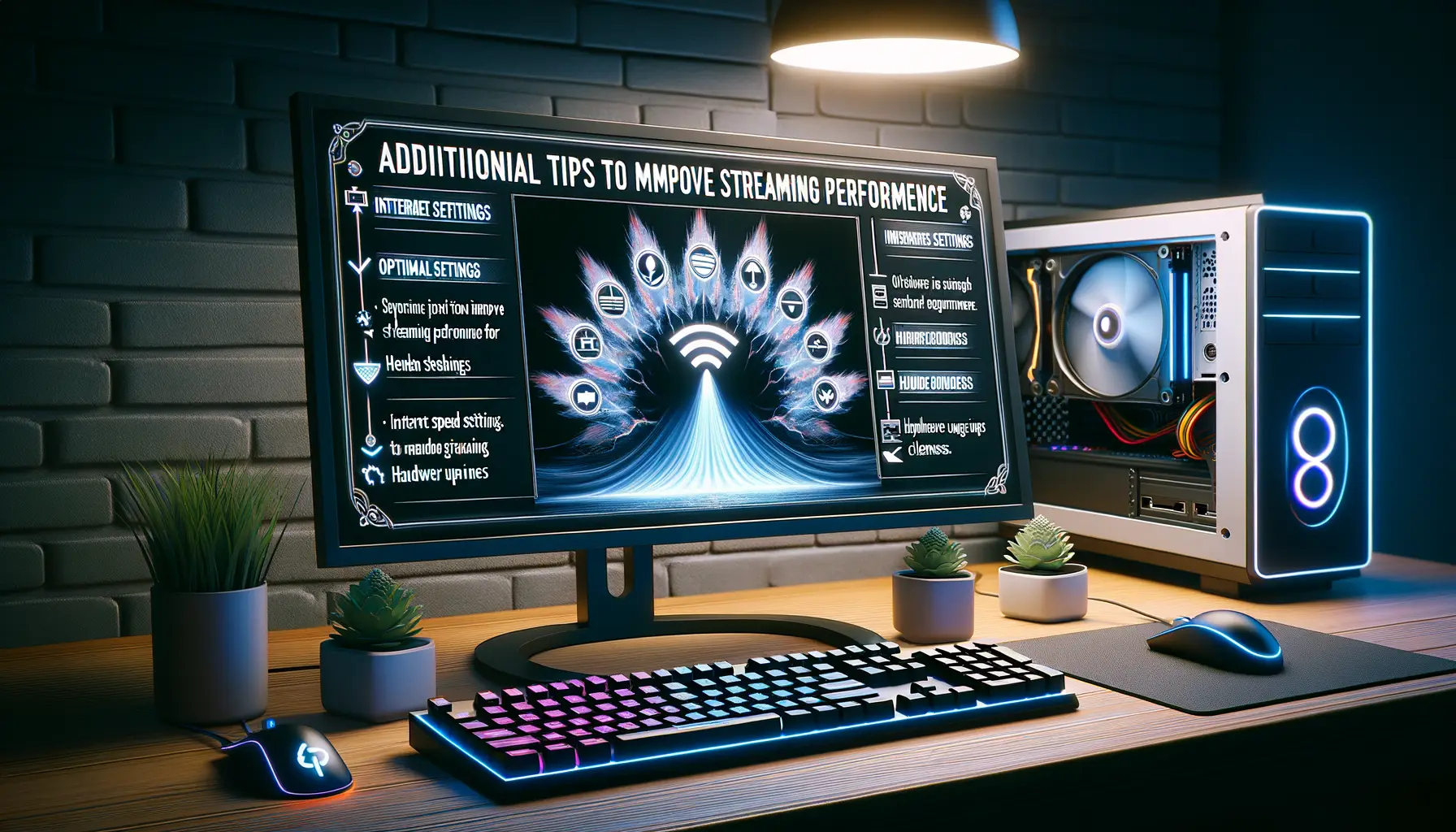
Supercharge Your Streaming with Smart Tweaks
Struggling to stream your favorite movie only to watch it buffer halfway through the big reveal? Let’s shake things up beyond just altering your DNS settings. Sometimes, all it takes is a little fine-tuning to turn buffering woes into smooth sailing.
First, keep your connection strong! A congested Wi-Fi network can be a silent killer for streaming. Consider these quick moves:
- Switch to the less crowded 5GHz Wi-Fi band if your router supports it.
- Place your router closer to where you’re streaming. Walls and appliances love to sabotage signals!
Think Outside the Connection Box
Your devices might also need some TLC. Clear out old cache files on your Android device — think of it as decluttering a messy room. And oh, don’t forget app updates. Many streaming apps roll out bug fixes improving playback performance.
Finally, consider apps like Speedtest to diagnose bandwidth bottlenecks in real time. Who doesn’t want to feel like their own tech detective? Small changes could transform buffering blues into binge-watching bliss.
Troubleshooting Common Issues with DNS Settings

When Your Custom DNS Feels Like It’s on a Coffee Break
Ah, the irony! You’ve switched to a custom DNS to leave buffering in the past, but now things feel… quirky. Let’s sort out these bumps together.
First, check if you’ve entered the DNS correctly. A single typo in those numbers is like giving the GPS incorrect coordinates—your DNS traffic gets lost. Double-check for mistakes in the preferred and alternate DNS fields.
Does everything suddenly feel slower? It might not be your DNS at all but an unstable internet connection. Test it by switching back to automatic DNS settings temporarily. If speeds stay sluggish, the issue may lie with your network or ISP.
Quick Fixes for DNS Roadblocks
Some problems require simple yet powerful solutions:
- Restart your device. It sounds cliché, but trust me, this quick reset often works magic.
- Flush the DNS cache. This clears outdated information that’s clogging the pipes. Many Android devices offer developer tools for this or apps like “DNS Changer.”
- Switch DNS providers temporarily. If one isn’t delivering the promised boost, try public options like Google DNS (8.8.8.8) or Cloudflare DNS (1.1.1.1).
Still stuck? Don’t give up—just like any good relationship, some troubleshooting leads to lasting harmony.


